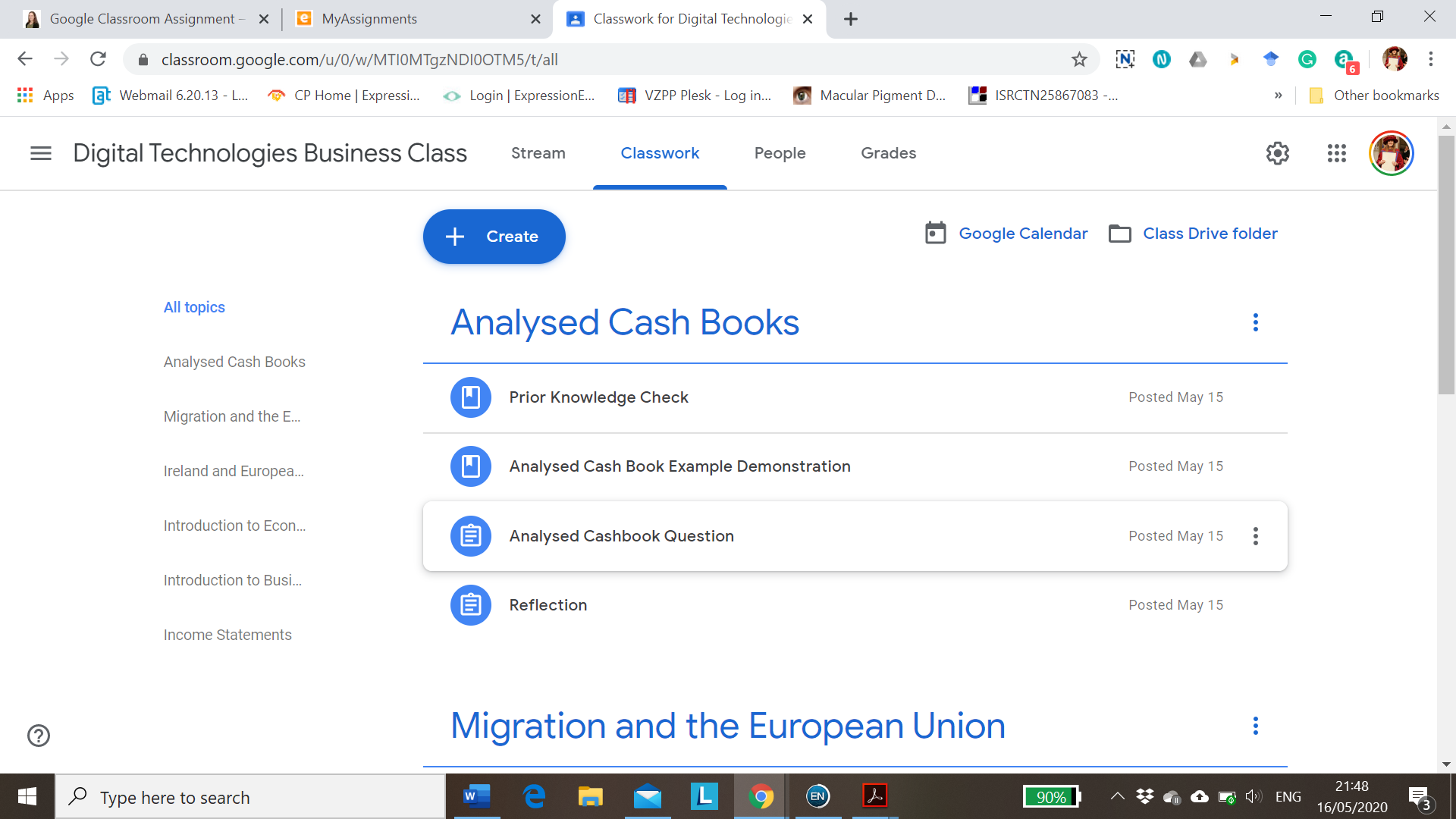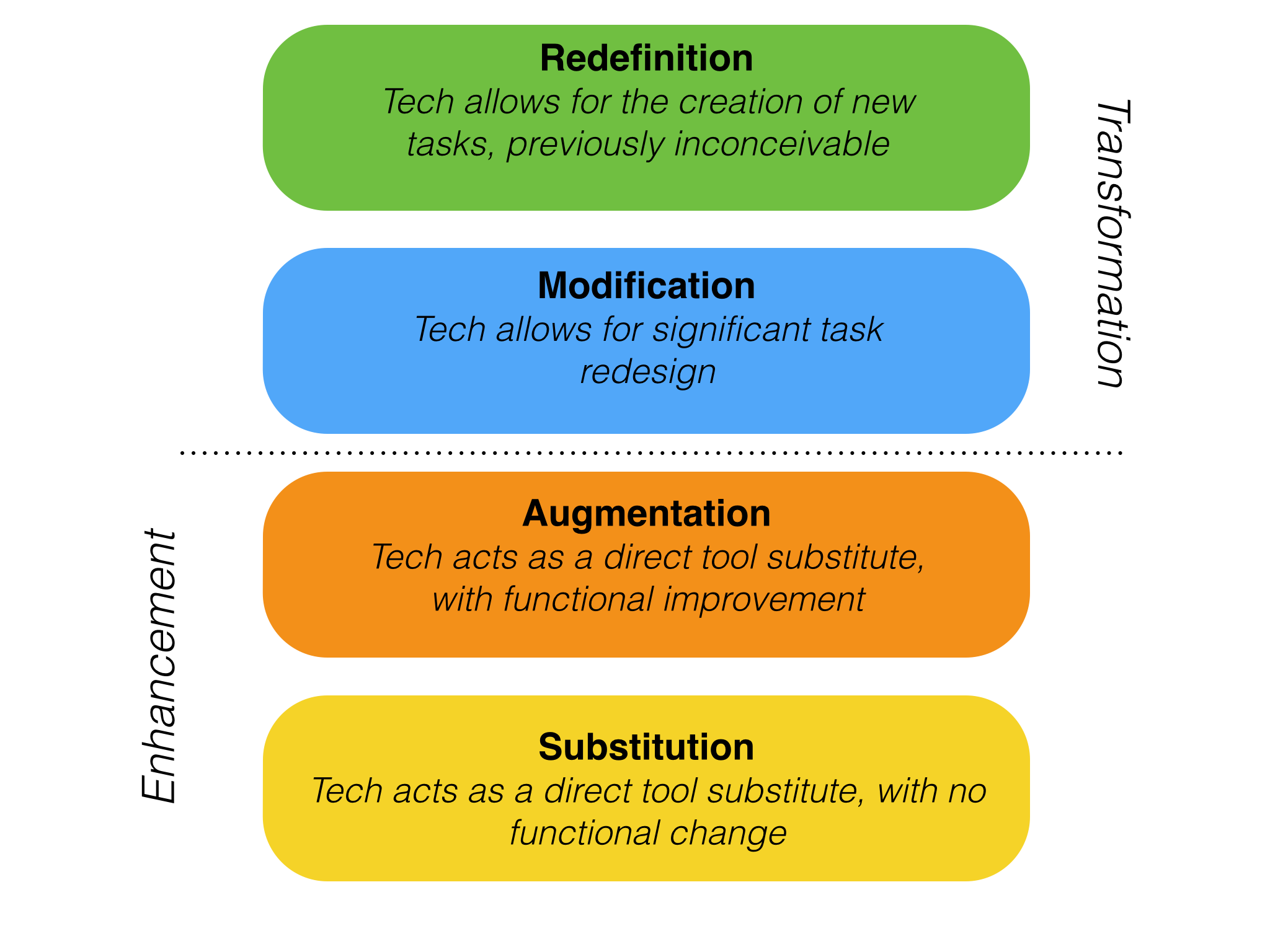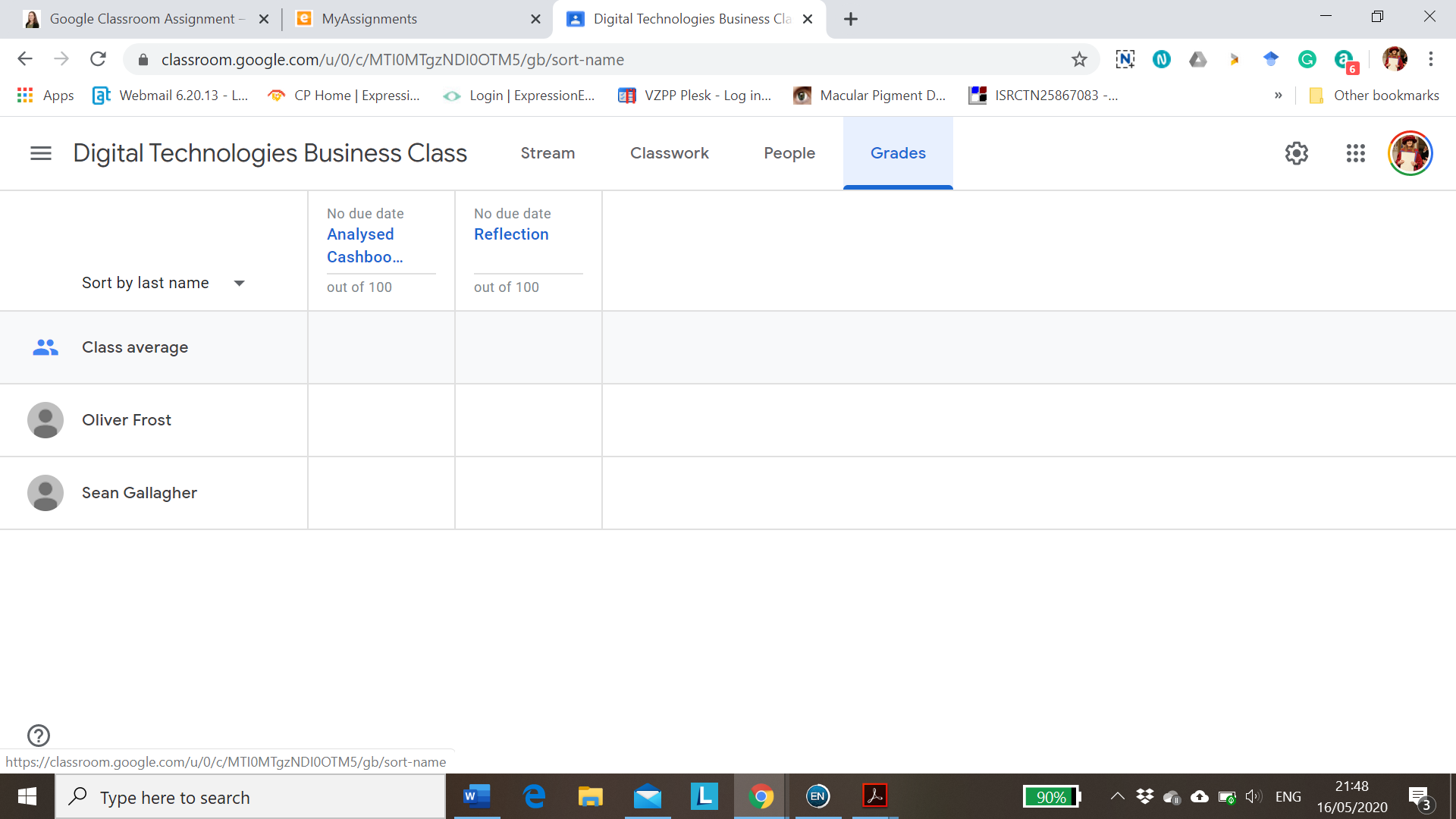 Google Classroom, to me, is the most beneficial tool for online learning. I may be a little biased as I would have used this tool during my SEEPP 1 placement. There are many functions of Google Classroom which make its utilisation a valuable tool for teachers. Google Classroom allows you to create topics within the class, to which you can then assign work relating to each topic. For my assignment, I created a topic for Analysed Cash Books and within that topic, I created four different sets of material for the students. The interesting thing about Google Classroom is that it allows you to create Google Forms (where I created my Reflection and Prior Knowledge material). These forms can be created quite easily and allow the capture of important information in real-time. The student fills out the forms whilst in google classroom which means you do not lose them to another website or document. Learning and engagement are made easier for the student.
Google Classroom, to me, is the most beneficial tool for online learning. I may be a little biased as I would have used this tool during my SEEPP 1 placement. There are many functions of Google Classroom which make its utilisation a valuable tool for teachers. Google Classroom allows you to create topics within the class, to which you can then assign work relating to each topic. For my assignment, I created a topic for Analysed Cash Books and within that topic, I created four different sets of material for the students. The interesting thing about Google Classroom is that it allows you to create Google Forms (where I created my Reflection and Prior Knowledge material). These forms can be created quite easily and allow the capture of important information in real-time. The student fills out the forms whilst in google classroom which means you do not lose them to another website or document. Learning and engagement are made easier for the student.
 Utlising the SAMR model is important within the digital technology sphere. Even though I had used google classroom before, in this instance, I only dipped into the first two elements with the model; Substitute and Augment. It was important to me that I used this experience to enhance the learning process for the students and accessed prior knowledge and encouraged reflection on that learning. Within the Substitute level, I collected students data using google forms to access their prior knowledge and also their reflection on their learning at the end of the assignment. I also used Google Sheets to allocate homework to the students on an Analysed cash book question which was the focus of my lesson. From the Augment point of view I also used google sheets to comment and critique on the submitted student work.
Utlising the SAMR model is important within the digital technology sphere. Even though I had used google classroom before, in this instance, I only dipped into the first two elements with the model; Substitute and Augment. It was important to me that I used this experience to enhance the learning process for the students and accessed prior knowledge and encouraged reflection on that learning. Within the Substitute level, I collected students data using google forms to access their prior knowledge and also their reflection on their learning at the end of the assignment. I also used Google Sheets to allocate homework to the students on an Analysed cash book question which was the focus of my lesson. From the Augment point of view I also used google sheets to comment and critique on the submitted student work.
Google Classroom allows the teacher to make announcements to the whole class on the Stream while also allowing private comments and questions to happen between the teacher and the student. This form of engagement further strengthens the teacher-student relationship as the student can ask the teacher questions in private without the whole class being privy to the conversation.
 Google Classroom also allows the teacher to keep track of submitted assignments and the grades that were assigned to each student. It updates in real-time and is an easy way for the teacher to follow the progress of each individual student. Contact can also be made with the class as a whole and individually. This digital tool is an extremely good way to keep in contact with students, keep track of their progress and teach effectively online.
Google Classroom also allows the teacher to keep track of submitted assignments and the grades that were assigned to each student. It updates in real-time and is an easy way for the teacher to follow the progress of each individual student. Contact can also be made with the class as a whole and individually. This digital tool is an extremely good way to keep in contact with students, keep track of their progress and teach effectively online.
 There are some downsides, however, it is easy for students to disengage with the lesson; ignore emails; pretend they didn’t get the assignments etc. Students also have to have access to technology to complete their assignments. Quite often the teacher-student relationship can be hampered. In my opinion, this can only be improved through more engagement online during the school year. Classes should be a mix of both online and in-class. This will perhaps become more the norm as COVID-19 allows schools and universities to return to normal.
There are some downsides, however, it is easy for students to disengage with the lesson; ignore emails; pretend they didn’t get the assignments etc. Students also have to have access to technology to complete their assignments. Quite often the teacher-student relationship can be hampered. In my opinion, this can only be improved through more engagement online during the school year. Classes should be a mix of both online and in-class. This will perhaps become more the norm as COVID-19 allows schools and universities to return to normal.